Image processing for quality assurance
Embedded vision, Gig-E and 3D cameras, frame grabbers, CMOS sensors, etc. to avoid errors and determine position

Image processing for quality assurance
Embedded vision, Gig-E and 3D cameras, frame grabbers, CMOS sensors, etc. to avoid errors and determine position
Here you will find new developments from the industrial sector Image Processing for the Quality Assurance in mechanical engineering and plant engineering as well as for special industries. We provide information about image processing systems such as embedded vision, Gig-E and 3D cameras, frame grabbers, CMOS sensors and much more. The components and methods for image processing are used, among other things, to avoid errors or to determine position and orientation in the Industry 4.0 Production.
Contents
Image processing systems are used in industrial applications such as for quality assurance in automated systems, for example when bottles to be filled in the beverage industry are monitored for their fill levels. Image processing systems can also be used in non-industrial areas like in traffic engineering or in sport.
Industries like that Automotive industry often relies on image processing due to its high level of automation. Other special applications can be found in the Technical Building Services, Medical Technology, food technology or Microsystems Technology. You will find excerpts below New developments.
From simple components such as an industrial camera to highly complex image processing systems, the quality in industrial production is guaranteed by image processing. The implementation is very versatile, for example on production lines or filling and packaging systems. We present you here the Industry 4.0 innovations image processing.
Baumer extends his 10th GigE Camera LX series by four new models for industrial image processing. These support applications with very high demands on resolution and image quality. In this way, the smallest details and deviations can be reliably identified. They also offer a very high frame rate for increased throughput.
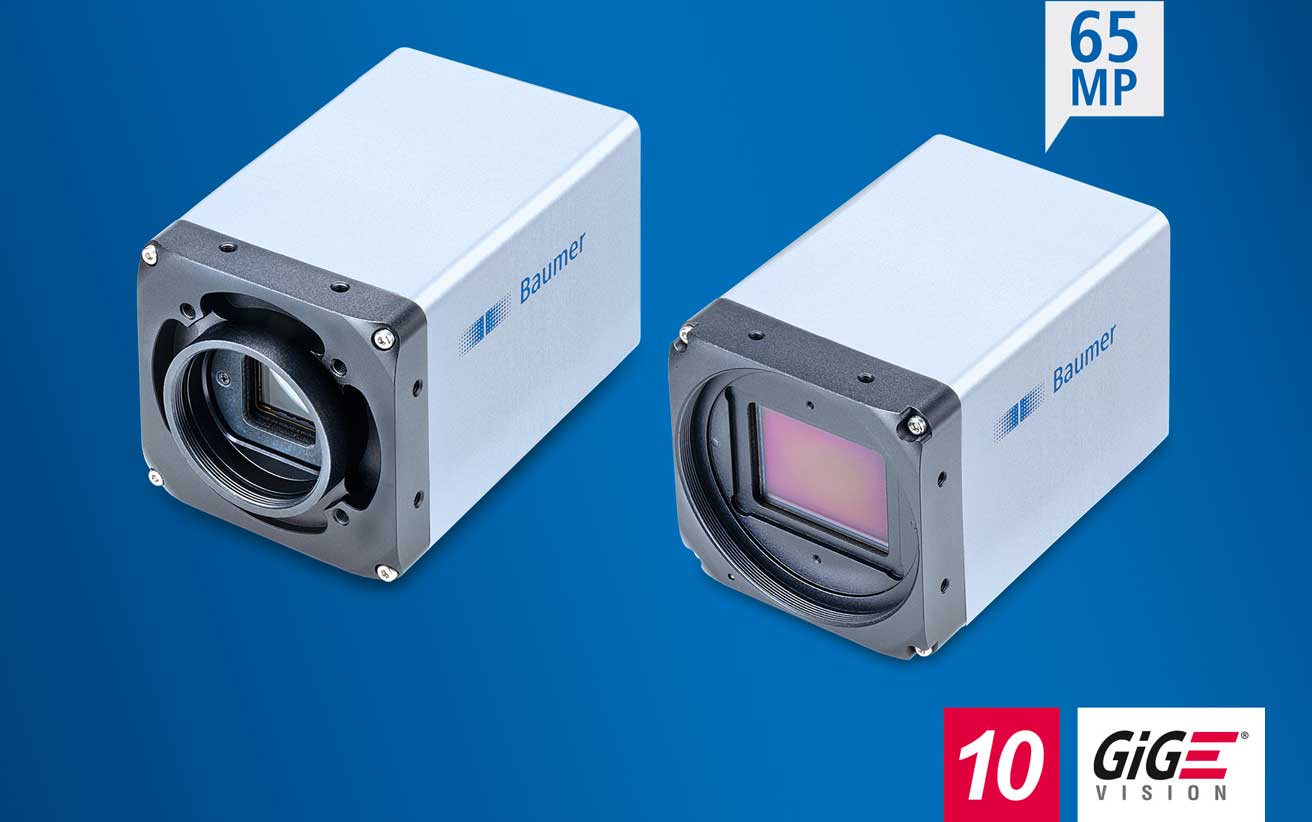
The industrial image processing is an increasingly important part of modern production processes. With a 3D camera high-precision images of objects can be spatially captured and further processed. 3D camera systems thus enable the precise measurement and analysis of components and products. In our article you will learn how 3D camera technology supports you in optimizing your production processes.
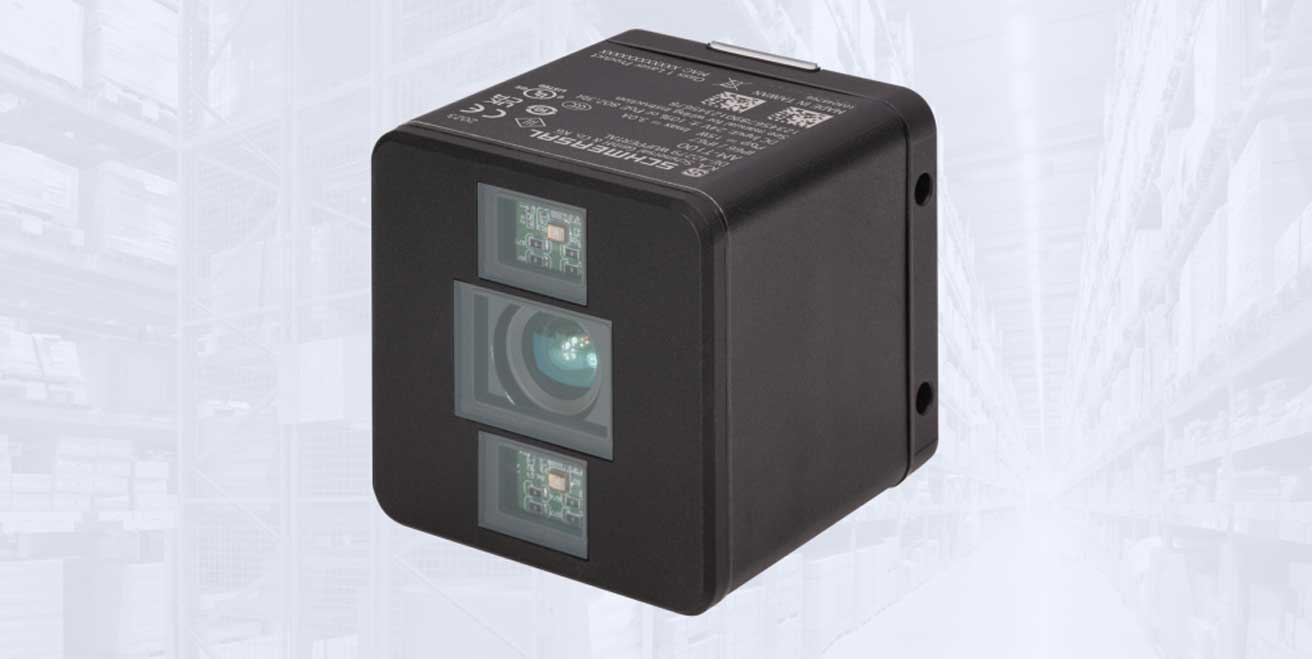
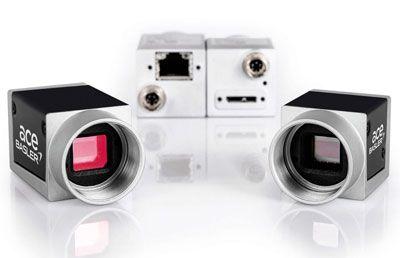 Rauscher presents eight new Basler ACE U cameras with global shutter CMOS sensors in VGA and 1,6 megapixel resolution that deliver up to 520 images / s. The Sony Pregius IMX273 sensor with a pixel size of 3,45 µm offers optimal image quality, high speeds and low noise. The IMX287 sensor has twice the pixel size with an edge length of 6,9 µm.
Rauscher presents eight new Basler ACE U cameras with global shutter CMOS sensors in VGA and 1,6 megapixel resolution that deliver up to 520 images / s. The Sony Pregius IMX273 sensor with a pixel size of 3,45 µm offers optimal image quality, high speeds and low noise. The IMX287 sensor has twice the pixel size with an edge length of 6,9 µm.
 The original idea of this new development comes from the aircraft industry. There, high-resolution 3D measurement with laser scanners is used to precisely connect components, for example. Pepperl + Fuchs showed the potential of this technology for applications in the sense of Industry 4.0 and brought another dimension of measurement into play.
The original idea of this new development comes from the aircraft industry. There, high-resolution 3D measurement with laser scanners is used to precisely connect components, for example. Pepperl + Fuchs showed the potential of this technology for applications in the sense of Industry 4.0 and brought another dimension of measurement into play.
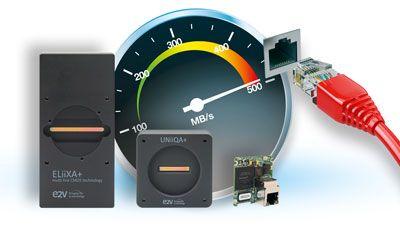 GigE Vision has long been an integral part of the world of image processing. However, the 120 MB / s transfer performance of GigE slows down current cameras. "Nbase-T" from Rauscher increases the transfer performance without compression from 1 Gbps to 5 Gbps when using the same cables and the same software.
GigE Vision has long been an integral part of the world of image processing. However, the 120 MB / s transfer performance of GigE slows down current cameras. "Nbase-T" from Rauscher increases the transfer performance without compression from 1 Gbps to 5 Gbps when using the same cables and the same software.
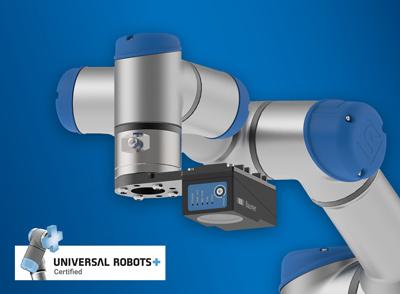 The new Verisens vision sensors XF900 and XC900 from Baumer control the collaborating robots (cobots) from Universal Robots after just a few minutes of setup. The robot-compatible vision sensors are mounted directly on the cobot or above it. The calibration with regard to image rectification, conversion to world coordinates and coordinate comparison between the vision sensor and the robot takes place automatically and very easily thanks to the patent-pending Smartgrid.
The new Verisens vision sensors XF900 and XC900 from Baumer control the collaborating robots (cobots) from Universal Robots after just a few minutes of setup. The robot-compatible vision sensors are mounted directly on the cobot or above it. The calibration with regard to image rectification, conversion to world coordinates and coordinate comparison between the vision sensor and the robot takes place automatically and very easily thanks to the patent-pending Smartgrid.
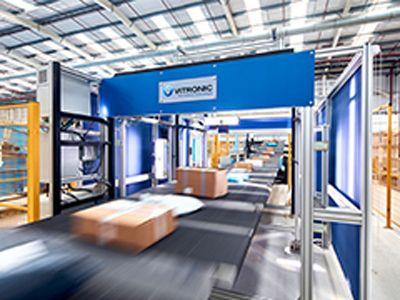 The record volume of over 3,35 billion parcels in 2017, additional growth of up to 5,5% for 2018 and the high demands in the course of Industry 4.0 - the sorting processes in the package logistics have to adapt. Vitronic Dr.-Ing. stone Image processing systems shows an intelligent one with "Vipac Smalls Sort" sorting system for the first time a complete solution for the sorting station for recording and sorting smaller parcels and shipments
The record volume of over 3,35 billion parcels in 2017, additional growth of up to 5,5% for 2018 and the high demands in the course of Industry 4.0 - the sorting processes in the package logistics have to adapt. Vitronic Dr.-Ing. stone Image processing systems shows an intelligent one with "Vipac Smalls Sort" sorting system for the first time a complete solution for the sorting station for recording and sorting smaller parcels and shipments
 Allied Vision extends the functionality of the ultra-compact Mako cameras, which are equipped with Sony Exmor Pregius CMOS sensors, by two attractive features. These models of the entry-level series now support Precision Time Protocol (PTP), which enables the precise synchronization of multi-camera systems, as well as Trigger over Ethernet (ToE).
Allied Vision extends the functionality of the ultra-compact Mako cameras, which are equipped with Sony Exmor Pregius CMOS sensors, by two attractive features. These models of the entry-level series now support Precision Time Protocol (PTP), which enables the precise synchronization of multi-camera systems, as well as Trigger over Ethernet (ToE).
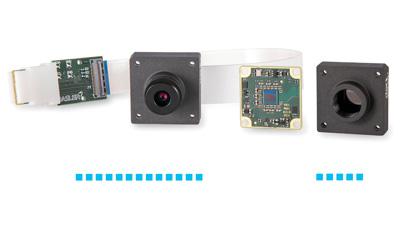 Basler (Sales Rauscher) is expanding its embedded vision offering with two camera modules that are matched to NXP's i.MX 8 processors. With the combination of Basler's camera know-how and the powerful processors from NXP, ideal embedded vision solutions can be implemented for industrial applications.
Basler (Sales Rauscher) is expanding its embedded vision offering with two camera modules that are matched to NXP's i.MX 8 processors. With the combination of Basler's camera know-how and the powerful processors from NXP, ideal embedded vision solutions can be implemented for industrial applications.
A pair of High-speed camera can precisely detect the cause of errors in short-term complex events. High speed vision presents a new one for this Phantom T1340 high-speed camera. As the first camera in the new T series, it opens up completely new possibilities in process optimization.
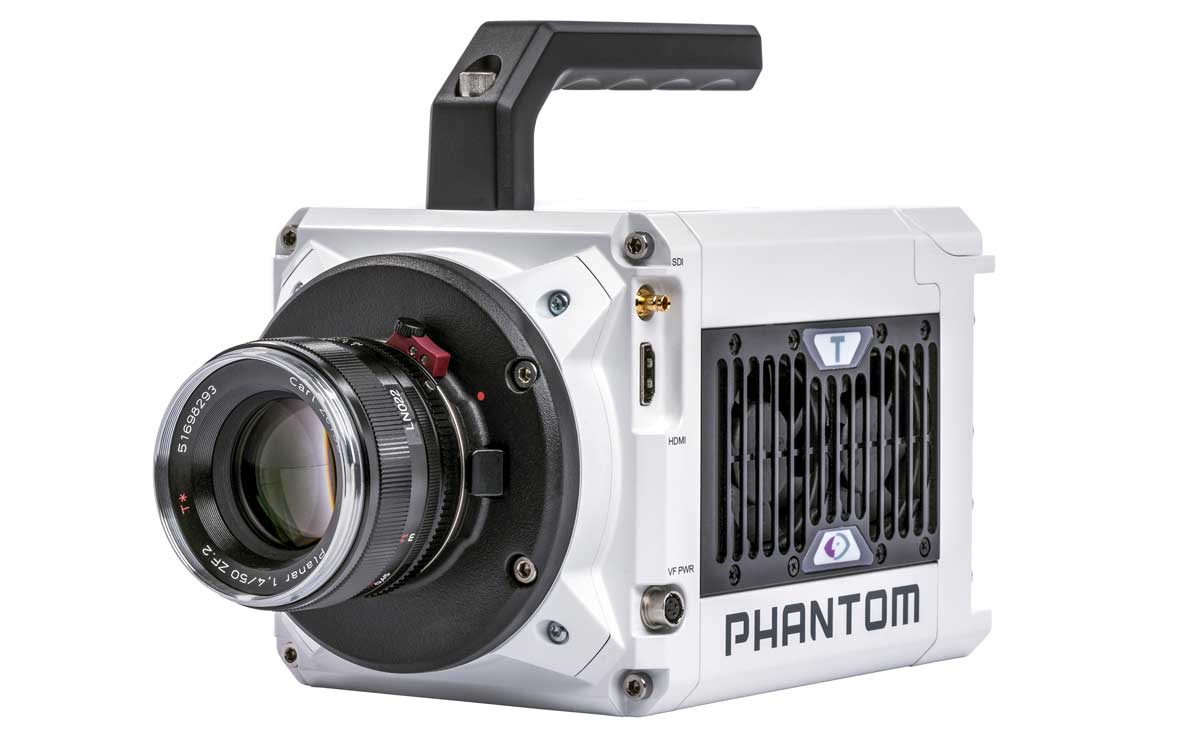
 In camera technology for industrial image processing, ever higher resolutions and speeds are required due to ever smaller structure sizes. The finest details have to be checked while the number of cycles increases. Line scan cameras must be able to keep up with this. With the "Eliixa +" line camera from e2v, not only speed problems can be solved.
In camera technology for industrial image processing, ever higher resolutions and speeds are required due to ever smaller structure sizes. The finest details have to be checked while the number of cycles increases. Line scan cameras must be able to keep up with this. With the "Eliixa +" line camera from e2v, not only speed problems can be solved.
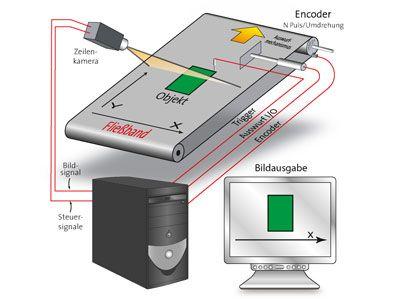 With its extensive line scan camera range and based on its wealth of experience in line scan camera applications, Stemmer Imaging supports end users, OEMs and system integrators in finding the optimal solution for their individual image processing tasks. This technical article describes what needs to be considered when selecting the appropriate color line scan camera.
With its extensive line scan camera range and based on its wealth of experience in line scan camera applications, Stemmer Imaging supports end users, OEMs and system integrators in finding the optimal solution for their individual image processing tasks. This technical article describes what needs to be considered when selecting the appropriate color line scan camera.